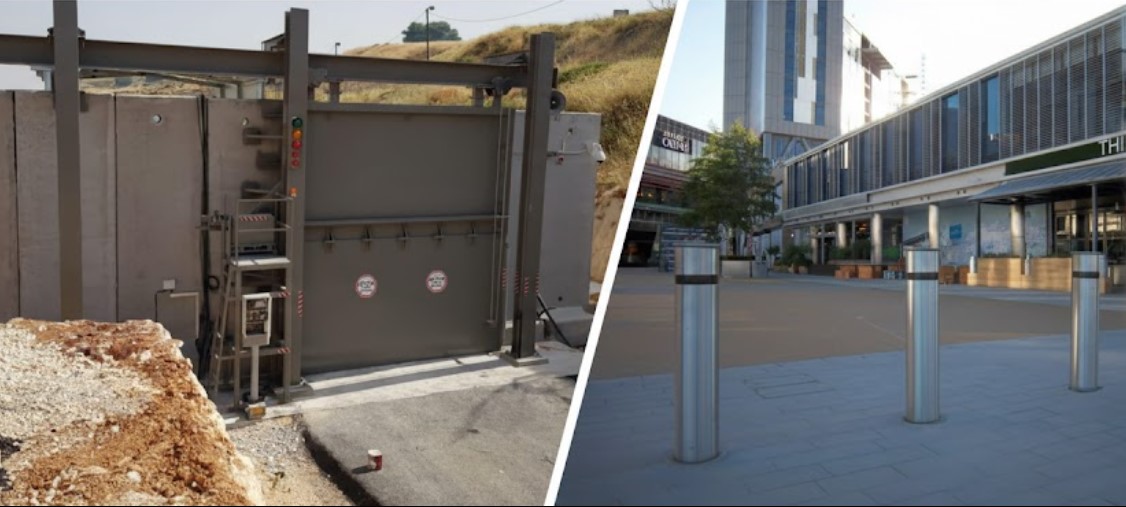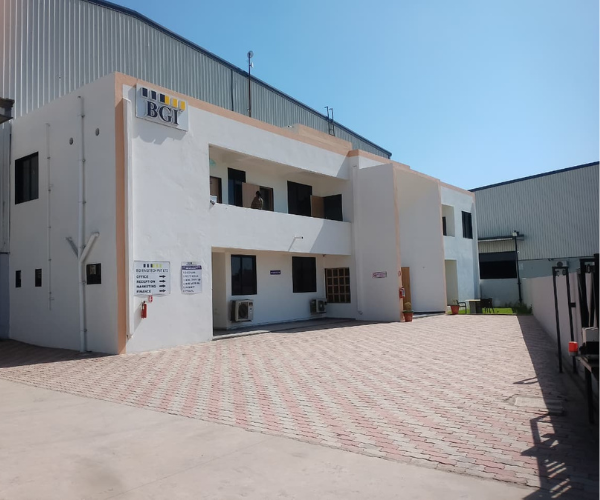
Introduction
Protecting critical infrastructure and pedestrian zones from unauthorized vehicular intrusion demands robust perimeter defenses. Crash-rated bollards provide a proven barrier against high-speed impact, balancing security, durability, and aesthetics.
What Are Crash-Rated Bollards?
Crash-rated bollards are engineered vertical posts designed to stop or redirect vehicles under controlled testing. Unlike decorative or passive bollards, they are certified to withstand specified impact forces measured in kilojoules (kJ), ensuring that even high-momentum vehicles cannot penetrate the protected area.
AST M and PAS 68 Crash-Rating Standards
• ASTM F2656-20:S. standard categorizing bollards by impact energy ratings (e.g., M30 K12 stops a 15,000 lb vehicle at 30 mph).
• PAS 68:K. standard reporting impact severity based on vehicle mass and speed (e.g., V/7200[N2]/48/90:0.0 refers to a 7,200 kg truck at 48 kph).
Common Applications
• Airports & Embassies: High-value soft targets requiring certified anti-ram protection.
• Government Facilities: Protect sensitive zones like border checkpoints.
• Commercial Complexes: Safeguard pedestrian malls and storefronts.
Material Types and Installation Best Practices
• Steel vs. Composite: Steel offers maximum rigidity; composite hybrids absorb energy with minimal deformation.
• Foundation Design: Concrete encasement depth must match crash rating; shallow footing for retractable types.
• Site Assessment: Soil type, underground utilities, and drainage influence bollard placement and spacing.
Case Study: Golden Temple’s Hydraulic Bollard Deployment
At the Golden Temple, BGI Engitech installed crash-rated hydraulic bollards that rise in under three seconds and withstand 50 kJ impacts. Integrated with the temple’s access control system, they provide discrete protection without disrupting visitor flow.








